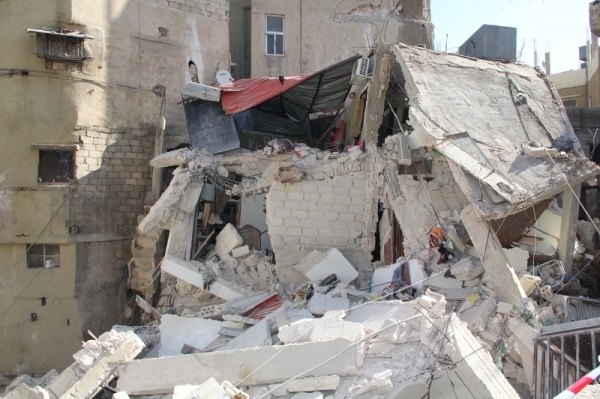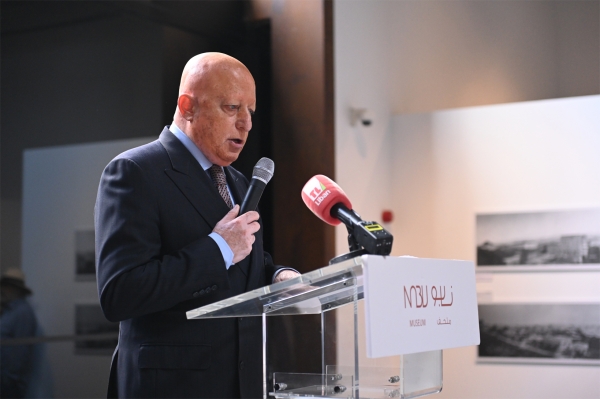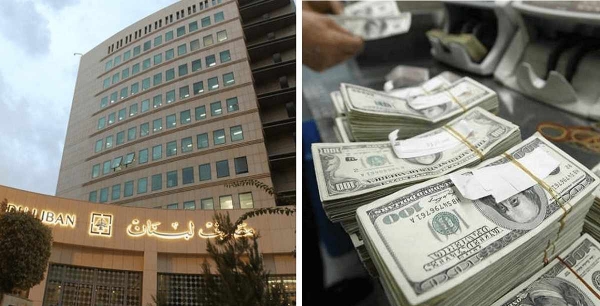Construct to Crumble
The collapse of building structures in Achrafieh, Tabarja and Tripoli, along with the deplorable state of the removed Jal el Dib bridge have caused an outcry among civil society and politicians about the dangers of neglecting the basic standards that guard public safety. Many recommendations and observations were presented such as proposing a law for the protection of heritage buildings, holding municipalities responsible for following up on negligent owners, pushing for the amendment of the 1992 Rent Act that allows tenants to keep the rates they paid prior to the war, and implementing new building codes for upcoming structures. Some members of parliament recommended the formation of a committee that would survey old buildings.
But the high growth rates of the construction sector in Lebanon, faced with the limitations of government control, cannot be scaffolded with lip service. In reality, the crisis has grown to uncontrollable measures. A 2004 survey conducted by the Central Statistics Administration classified 478 buildings uninhabitable due to frail structures, mostly owing to the damage caused by the civil war. Nothing of this information was actually put to use. Moreover, the absence of any housing subsidies for the poor in Lebanon makes for an increasingly grave situation. As many benefit from the 1992 Rent Act because of the low rents it maintains, any plans to amend it could potentially force 170,000 people to leave their homes. Yet these buildings, like the one in Achrafieh, have become dangerous to their inhabitants due to lack of funding for maintenance.
And the problem continues to exacerbate. It is estimated that only 20% of buildings in Lebanon are built according to seismic building rules, with the cost of protecting older ones being close to the cost of construction itself. This could lead to potential crises considering that the country happens to fall on two fault lines. But the real problem is far from natural disasters. In areas where something can actually be done, lack of interest and awareness has yielded gaps too big to fill. The local newspaper Al-Akhbar revealed that among the government inspection apparatus, only one inspector is assigned for surveying construction in the entire Lebanon. It is no surprise then that our older structures have reached the state they are in.
In the days that followed the collapse of the building in Achrafieh, Mohammad Basbous of the Order of Engineers’ Municipalities Committee argued in a televised interview that municipalities should not be blamed. According to him, they should not be blamed, because they are simply not qualified and lacking in equipment necessary for inspection. Basbous said this in light of the acknowledgement that such disasters will continue to happen.
It is startling to think that we have begun to lose innocent lives merely because there are not enough qualified people to do the required tasks. This problem can easily be avoided by checking for the basic conditions of public safety before permits are granted for construction. But the accumulation of laxity in safety controls over past years has reached the point where disasters are only waiting to happen. Recently, the mayor of Beirut announced that the municipality will only scrutinize buildings after someone comes forward with complaints about them. So apart from generators and water tanks, it is now also up to the Lebanese to bear the responsibility of surveying the cracks on their walls. With the burgeoning of real estate in Lebanon and the carelessness of the government, we find ourselves with yet another burden to carry.








Leave A Comment